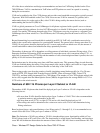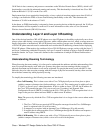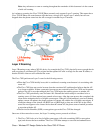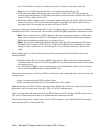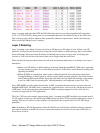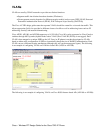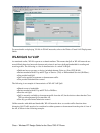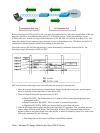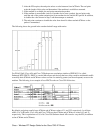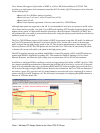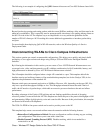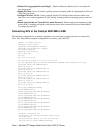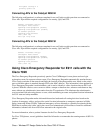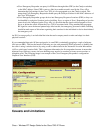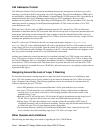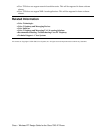
After the IFS expires, the end point selects a value between 0 and aCWmin. The end point
waits the length of this value and determines if the medium is available to transmit.
2.
If the medium is available, the end point transmits the packets.3.
If the medium is unavailable (such as if another device sent a packet), the end point waits
until the end of the packet transmission (from another device) and the IFS period. In addition,
it doubles the value chosen in Step 2 and then attempts to transmit.
4.
The end point continues to double the value from b until it either reached aCWmax or the
packet is transmitted.
5.
The following shows the growth in the random backoff range with retries:
For WLAN QoS, Cisco APs and Cisco 7920 phones use a technique similar to IEEE 802.11e, called
Enhanced DCF (EDCF). EDCF is a model that allows end devices that have delay sensitive multimedia traffic
to modify their aCWmin and aCWmax values to allow for statically greater (and more frequent) access to the
medium. The following is an example of how EDCF works on Cisco WLAN devices:
By default, end points usually have aCWmin and aCWmax values of 31 and 255, respectively, for all data
traffic. For VoIP traffic, Cisco APs and Cisco 7920s set the aCWmin and aCWmax to values of 3 and 31,
respectively. This is equivalent to CoS of 6. Cisco IOS Software based APs can also vary the IFS (in addition
to the aCWmin and aCWmax).
Cisco − Wireless IPT Design Guide for the Cisco 7920 IP Phone



